Natural Light
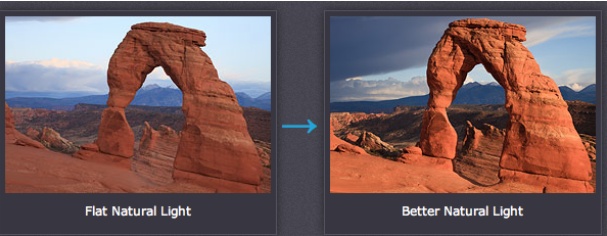
This Shows how light can make an image look 3D by using light the correct way. It also adds outlines the the mountains behind it. To use this you need to play around with the time of day you shoot.
Sunlight
The sunlight consist’s of 3 components.
Direct sunlight which is warmer and has a high contrast, It is this strong light that creates the shadow of the ball.

Diffuse skylight which is the general light from the skye, the clouds etc, this has a low contrast so no over exposed, and is a cooler light source.
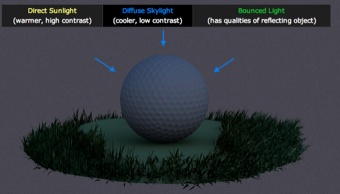
Bounced light is the light that is reflected off the ground. This has the qualities of reflecting objects. This will light up the object’s bottom part but it wont be as strong as the other two components, giving a 3D effect.

Midday lighting is mainly direct, downwards sunlight. This light hardly has chance to scatter and diffuse through the atmosphere, or to bounce or bounce off the ground. This Light is the lest desirable light. Because of this most photographers will not take pictures in this light. But there are some advantages, For example water may appear more transparent because the light penetrates deeper.
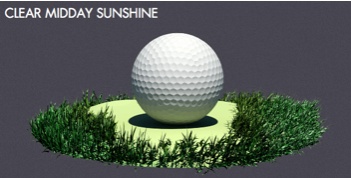

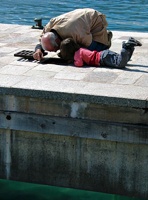
Evening and mid-morining light becomes slightly warmer. And it starts to create noticeable shadows. Because the sun is hitting objects from an upper side, the object/subject looks more 3D. This lighting is more predictable than sunsets/sunrises because it is less dependent on the effect of mountains etc.

The building and boat both look 3D with nice light, and colours. For example the Building looks 3D because the sun is only lighting one side making the other side darker so it creates a 3D effect and it doesn't look 2D or flat.

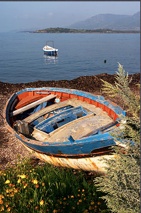
The Golden hour is know as the hour just before sunset, and the hour just after sunrise. The golden hour is known to have the most desirable light for photography. The golden hour casts diagonal light that creates long shadows and gives subjects a warm glow. Sunset and sunrises make exiting and varied lighting. The Clouds are an example of this, The sunlight reflects off the clouds from underneath where as in normal sunlight the light has diffused through then from above. So sunset/sunrise cause the sky to light up with a warm glow.

Both of these these photos look really nice, The golden effect on the church works well because it give the viewer that warm feel. The sky is exposed properly and the red tints it in adds to the warm feel.
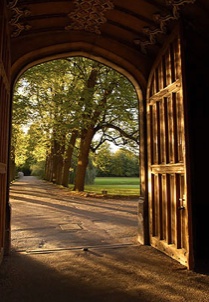
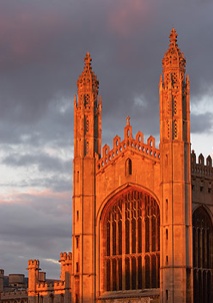
Twilight, dawn and dusk is the light before sunrise and after sunset. This is because there is no direct sunlight, the main sunlight is the whole sky, the object has two different colours, with one side looking warm and reddish and the other cold blue or purple. This light is good for soft, multicolored lighting that gives calm, peaceful mood to subjects.
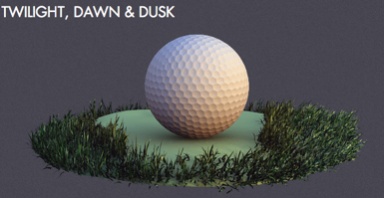


Shade and overcast sunlight have a cool soft appearance because the light source is spread across the whole sky and has no direct sunlight. Subjects appear dull and reflections on smooth surfaces are more diffused. There can also be a greenish tint from reflected light off objects nearby. Most photographers don't like to shoot in this light. But it can be great for portraits, It can also enhance close up photography. It is also good because objects that are high in contrast that have dark and bright colours can be exposed properly.
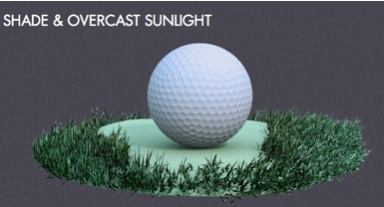
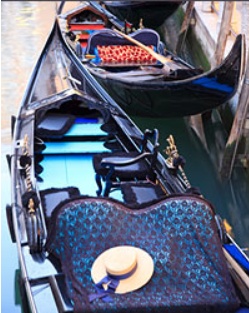
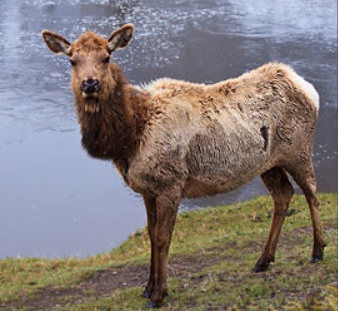
Liam Dickins - Producer, Film Maker



